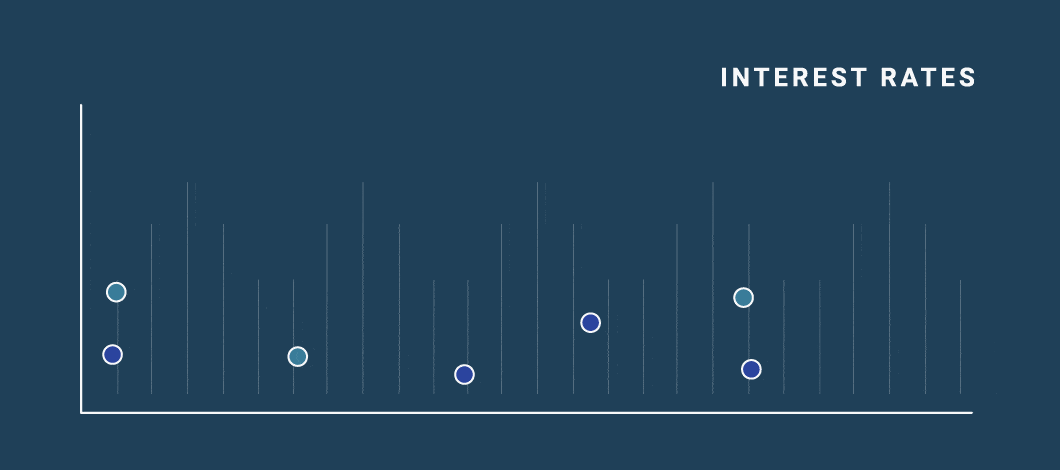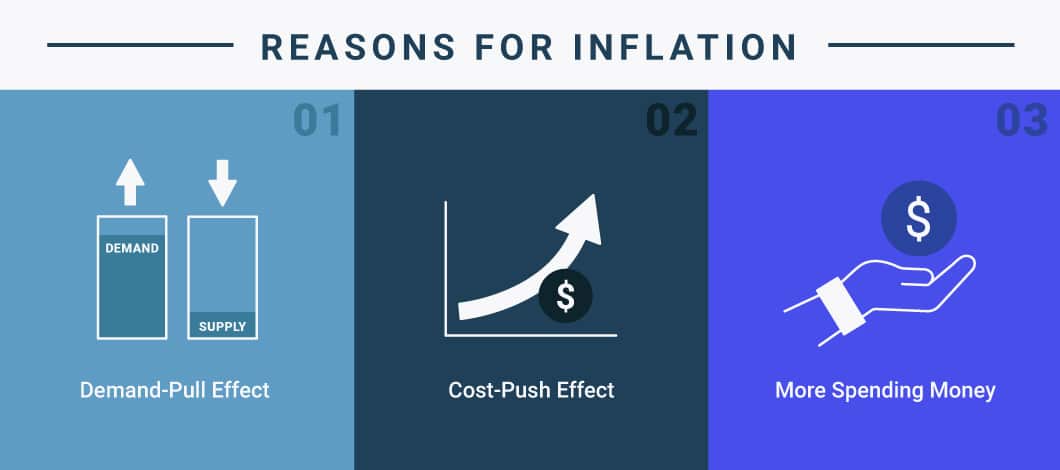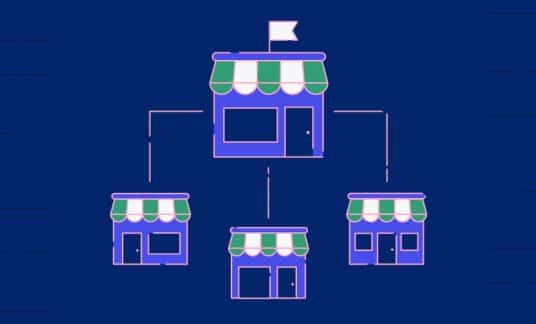After lowering interest rates to nearly zero during the height of the pandemic, the Federal Reserve began raising interest rates in 2022.
March 2022 marked the first interest rate increase since 2018, with a jump of 0.25%. Then the first week of May brought about another 0.50% increase, mid-June saw a 0.75% increase and November and December experienced additional hikes.
Possibly even more shocking is that rates haven’t increased this drastically since 2000. (Rewind to the presidential election campaign of Bush v. Gore, and you’ll have gone back far enough.)
Needless to say, it’s been a while, and the public is feeling the pain. Here’s what you need to know to cope.
Why Are Interest Rates Going Up?
The Federal Reserve is raising interest rates to combat spiraling inflation.
Indeed rising gas prices, skyrocketing rents and home prices, costlier vehicles and hikes in supplies, among other increases, are dwindling purchasing power. Point of fact, you might be interested to know prices haven’t gotten this out of control in 4 decades, according to an NPR report.
Overall, the hope is that higher interest rates will slow down consumer spending and eventually start to stabilize prices and the economy.
Think about it: If mortgage rates go up, the demand for home purchases will likely go down a bit (or at least not keep trending up at such a rapid pace). Similarly, if it’s costlier to buy on credit, you may think twice before charging your next purchase. You may also be more apt to spend less if you’re only spending the money you actually have at your immediate disposal versus your available credit.
Reasons for Inflation
Inflation is usually the result of an increase in demand, an increase in production costs or a change in fiscal policies.
Some reasons for the inflation we’re seeing today include the following:
Demand-Pull Effect
This occurs when the demand for products and services exceeds the supply. After all, buyers on the hunt for a specific product are often willing to spend more to acquire that product when there’s less of it available.
An example of this is the sharp rise in used and new car prices. Thanks to the pandemic, many factories have fallen behind schedule, leading to insufficient inventory. This is one reason experts say used-car prices rose 25% in 2021, with the average price of a pre-owned vehicle at more than $28,000, a new high.
Cost-Push Effect
Cost-push inflation is not a result of demand. It occurs when production expenses go up, including wages and material costs, leading to an increase in the prices of goods, as costs are passed onto consumers. An example of this is the recent jump in lumber and building material costs, which caused many builders to add contingencies for price increases to their contracts.
More Spending Money
When people have more money, they tend to spend more, and by and large, until recently, many Americans have had access to more money.
Wages have been rising, and they are one cause of increased spending. Additionally, it has been noted that multiple government stimulus packages meant to help the public through the pandemic have in part been another contributing factor to greater spending.
Also, until recently, interest rates on consumer credit were relatively low overall, encouraging an increase in purchases.
How Will Interest Rate Increases Affect Small Business Owners?
If you’re an entrepreneur, here are a few things to keep in mind with rising interest rates.
Credit Card Rates Will Increase
With the prime rate most recently raised to 7.5% in December of 2022 (and expected to climb), keep an eye for increases to variable interest rates on your business credit cards. This bump in the prime rate will add dollars to your outstanding balance when interest is calculated.
Mortgage and Other Loan Rates Will Rise
If you’re looking to purchase commercial real estate, think about applying for funding sooner rather than later before interest rates get too high. Consider that in December 2022, the benchmark fixed rate for 30-year mortgages was 6.60%, the highest it’s been in more than a decade.
Other Loan Rates Will Rise
Similarly, if you’re seeking a business loan, now might be the time to apply. Remember, the interest rate on many business loans is tied to the prime rate. The prime rate increase could also impact the cost of vehicle loans and lines of credit.
If you have an existing business loan, your current interest rate will not be impacted if it’s fixed. However, if it’s variable, review the terms of your agreement to see what this could mean for your payment.
If you haven’t already, it might be the time to consider refinancing your business loan to a fixed rate. Or if you have several adjustable-rate business loans, it may be helpful to consolidate your debt.
Related: Conventional vs. Alternative Lenders
Business Could Slow Down
With interest rates going up, many will be more cautious with their spending, the opposite of what we saw when interest rates were at record lows. This could lead to a slow-down in consumer spending.
To counter this, consider trimming down by identifying the products and services with the strongest demand and healthiest margins. Then pause those items not contributing to profitability.
Also, think about how you can appeal to your existing customer base. Indeed, the likelihood of selling to repeat customers is 60%-70%, compared to 5%-20% for new customers. Return customers are also great for word-of-mouth marketing, a way to bring new customers to your business at no added cost to you.
What Can We Expect in 2024?
Time will tell what the future has in store. In the meantime, stay informed, focus on ways to keep business going strong and make financial decisions that will bring you the highest return on investment.












